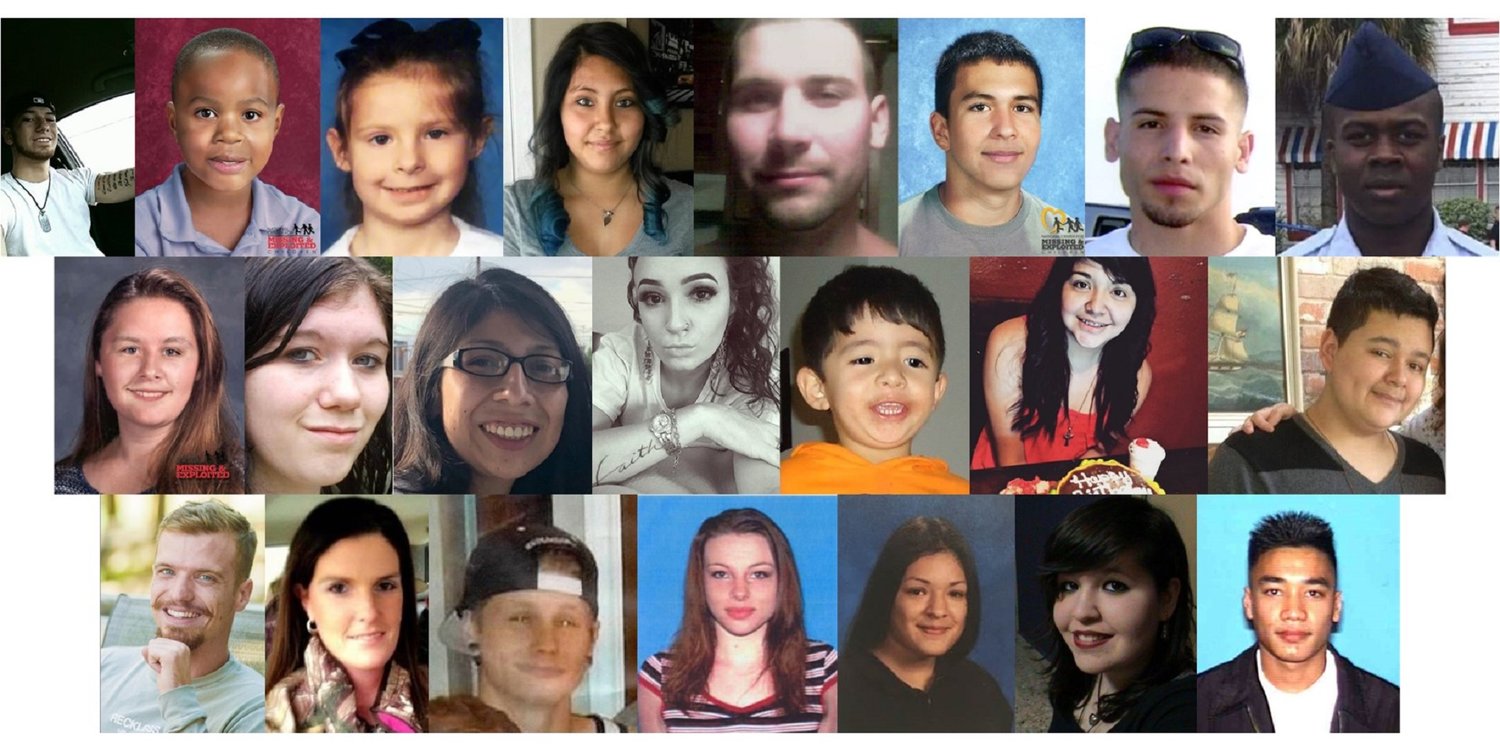AMBER alert system helps missing kids
woodctystringer@gmail.com
Amber Hagerman would have turned 35-years-old this year had she not been abducted and murdered in Arlington 25 years ago.
The crime remains unsolved. The legacy which that young life may have fulfilled, had she been allowed to live, will never be known. Her legacy does live on, but sadly only in a memorial.
Her brutal killing spurred a local movement to put in place measures which might save youngsters targeted by human predators.
This item is available in full to subscribers.
Attention subscribers
To continue reading, you will need to either log in to your subscriber account, or purchase a new subscription.
If you are a current print subscriber, you can set up a free website account and connect your subscription to it by clicking here.
If you are a digital subscriber with an active, online-only subscription then you already have an account here. Just reset your password if you've not yet logged in to your account on this new site.
Otherwise, click here to view your options for subscribing.
Please log in to continue |
AMBER alert system helps missing kids
Amber Hagerman would have turned 35-years-old this year had she not been abducted and murdered in Arlington 25 years ago.
The crime remains unsolved. The legacy which that young life may have fulfilled, had she been allowed to live, will never be known. Her legacy does live on, but sadly only in a memorial.
Her brutal killing spurred a local movement to put in place measures which might save youngsters targeted by human predators.
The AMBER alert system grew from the initiative of a Fort Worth mother, Diane Simone. In the wake of Hagerman’s death, she questioned why we couldn’t receive an alert of an abduction with the same urgency by which we receive weather alerts.
Simone’s penetrating question was the simple act which came to found the AMBER alert system.
Today, AMBER alerts – the broadcast notification of a child missing and deemed to be in danger – are part of the national law enforcement and recovery infrastructure. All 50 states as well as U.S. territories participate. Many foreign nations have also adopted the system.
It was officially enacted through executive action by Gov. Rick Perry in 2002. A state law was later codified for the same purpose shortly thereafter. At the outset of the initiative, it was known as Amber’s Plan, the Amber Plan and Amber alerts. With the Protect Act signed by President George W. Bush in 2003, a national alert system was established as the AMBER (America’s Missing: Broadcast Emergency Response) alert system.
Nationally, the Justice Department administers the system. According to the Justice Department, since the inception of AMBER alerts, 998 children have been recovered and returned to their families, alive.
The program is a voluntary one, with membership composed of law enforcement agencies, broadcasters, transportation agencies and wireless providers. As the number of communications paths increase so does the dissemination of AMBER alerts. All available technologies are used to publicize the alerts.
Recognizing that such a system would be open to abuse, the founders established some basic prerequisites before an AMBER alert could be broadcast. They are: a reasonable belief by a law enforcement agency that an abduction has occurred, the belief that the child may be in imminent danger, adequate descriptive information regarding the child, and the entering of the child’s information in the National Crime Information Center database. Additionally, the child must be 17-years of age or younger.
These guidelines have been widely accepted by states and nations involved in the program.
How prevalent are the issuing of such alerts? Using the year 2015 as an arbitrary example, there were 182 alerts involving 224 children in the United States. Of that total, 153 children were successfully recovered (“recovered” means located and returned alive). Fifty of those recoveries were as a direct result of an AMBER alert.
While most alerts were issued in heavily-populated areas of the country, East Texas is not immune to child abductions. Last year alone, there were AMBER alerts issued in Atlanta, Longview, Bells, Royce City and Van Zandt County.
Alerts may be designated for local, regional or national distribution. Although the regional distribution appears to be the default, the distinctions are used to ensure that any investigative leads regarding the potential destination of a perpetrator may be leveraged in the search.
“The system is excellent in providing law enforcement with critical information in a hurry,” said Grand Saline Patrol Sergeant T. Haley. He added that it works very well in facilitating information-sharing.
The system does have its detractors. Criticisms are generally twofold: that the numbers of successful recoveries are so low as to be negligible when viewed against the national population, and secondly that law enforcement agencies are often too fast or too slow in entering data so as to miss the optimum effectiveness of issuing an alert.
For the nearly 1,000 children recovered through the alert system, it has proven its weight in gold.
Possibly even more importantly, the AMBER alert system has raised society’s awareness of the epidemic which is child abduction and child trafficking.
Raising the societal awareness is exactly what the Texas Center for the Missing is all about. The center is a non-profit organization also founded in the aftermath of a family tragedy.
The center began as a way to provide support for families who had a loved one missing. Its origins are founded in the story of Houston mother and businesswoman Doreen Wise, who spent four months waging a personal battle to find her missing college-aged son, Gabriel, in the fall of 1999.
After his remains were discovered, Wise founded the Texas Center for the Missing to provide support for people who may have to undergo such a heart-wrenching experience.
The center has flourished. Now encompassing a 14-county area around Houston, it has become a premier advocate for the missing and an active educating force for keeping children safe.
As Chief Executive Officer Beth Alberts said, “Our most important work is to be a support network for families.”
Alberts was also quick to note that they have made significant strides in closing the educational gap regarding child endangerment and in raising awareness of child safety in the community.
“Prevention education – how to prevent your child from being lured away by a predator on the internet, or be lured away to the streets – is 80% of our work,” Alberts explained.
In pursuit of this objective, the center visits schools, churches, civic organizations and communities to discuss the threats to children today. They also offer identification kits, tutorials and specialized programs.
Alberts commented, “Education is far and away the most efficient way to effect societal change.”
Although most people are not far removed from a child who has been a runaway or who suffered through a contentious divorce, the dangers which missing or exploited children face are not well known.
The numbers are shocking. In 2019 there were 52,214 missing person reports in Texas, 42,093 children. Most revealing is that four out of five of those missing children were runaways.
The Center has become a clearinghouse of information regarding the missing. It has also been the AMBER alert issuing authority for the Houston area for the past 20 years. This unique relationship with local law enforcement is mimicked in the state in only one other location, College Station.
The more broad work of the Center is beginning to draw attention. According to Alberts, interest has been generated in creating regional Centers for the Missing across the state. She admitted that they have created “a good model to replicate.”
A Deep East Texas Center for the Missing non-profit organization has indeed been launched. It encompasses the counties of Angelina, Houston, Nacogdoches, Polk, Sabine, San Augustine, Shelby and Trinity.
While nothing takes the place of good parenting, it is reassuring to know that there are exceptionally dedicated people in the community who have above all else the welfare and safeguarding of children at heart.









